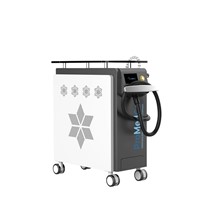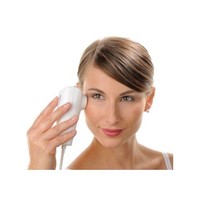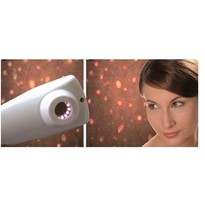The most common areas of the body affected include the face, chest and back. Genetic factors, delay in treatment and disease severity are the main factors that influence scar formation.
What is Acne Scaring?
Permanent acne scarring is often very distressing for patients and can significantly impact on a patients’ quality of life. Post acne scaring can be generally mild however in the cases where it is severe it can cause a lot of embarrassment and emotional suffering.There are three main acne scar categories*:
- Atrophic
- Hypertrophic
- Keloidal
The most common form of acne scars are categorised as Atrophic. These scars are associated with loss of collagen. Hypertrophic and keloid scars are commonly seen on the chest and shoulders.
Atrophic scars are further categorised into*:
- Ice-pick scars –deep and narrow, V-shaped tracts
- Boxcar Scars – wider, U-shaped tacts with sharply defined edges
- Rolling scars – broad depressions with a sloping edge
What treatment is available for acne scaring?
The management of these scars can vary depending on the type of acne scars. The ideal treatment depends on skin type, type of acne scar, down time available and the cost of the procedure. Several treatment modalities have been used for acne scaring. These can be broadly categorised into energy based and non-energy based. Energy Based technologies include ablative and non-ablative lasers, fractional radiofrequency, intense pulsed light, and plasma skin regeneration. Non-energy based technologies include, subcision, (micro) dermabrasion, microneedling, dermal fillers and chemical peels.
How can you treat acne scars in Asian Skin Types ?
Despite the availability of all these treatment options, the management of acne scars remains challenging. In particular, for Asian skin types. Asian Skin represents a challenge for dermatologist due to the greater tendency to develop post-inflammatory hyper-pigmentation. Such skin types require a delicate balance between clearing the condition and preserving pigmentation.
The Latest Research
A recent study conducted by Dai, Chuang et al 2019 on the Efficacy and Safety of Ablative Resurfacing With A High-Energy 1,064 Nd-YAG Picosecond-domain Laser for the Treatment of Facial Acne Scars in Asians, concluded that the high energy 1,064 nm Picosecond laser with ablative resurfacing parameters (MLA) is safe and effective for the treatment of acne scars in Asians.
The objective of this study was to evaluate the efficacy and safety of a high-energy 1064nm Nd:YAG Picosecond Laser by Quanta System, for the ablation and resurfacing of facial acne scars in Asian skin types. Equipped with a specialized handpiece with micro-lens array (MLA), which fractionates the laser beam into 66 microbeams in an 8mm circular diameter.
A total of 20 subjects (aged 18-50 years) with Fitzpatrick Skin type III-V with facial acne scars took part in this study. The treatment protocol consisted of subjects been treated with a 1064nm picosecond laser (8mm spot, 0.7-1.0J/cm3) every 4 weeks for three sessions.
The study showed a significant improvement in the subjects quality of Life. No dyspigmentation, prolonged erythema, edema, acneiform eruption, milia formation, hypertrophic scar, and delayed wound healing was observed after treatment.
In conclusion, the use of Quanta Systems 1,064 nm Picosecond-domain laser resulted in significant improvement in acne scars with a low PIH risk, suggesting potential advantages of this device over earlier ablative and non-ablative fractionated lasers for treating acne scars in darker skin types.The authors conclude that the low incidence of PIH observed i n the study may be explained by the MLA technology from the Discovery Pico by Quanta System.


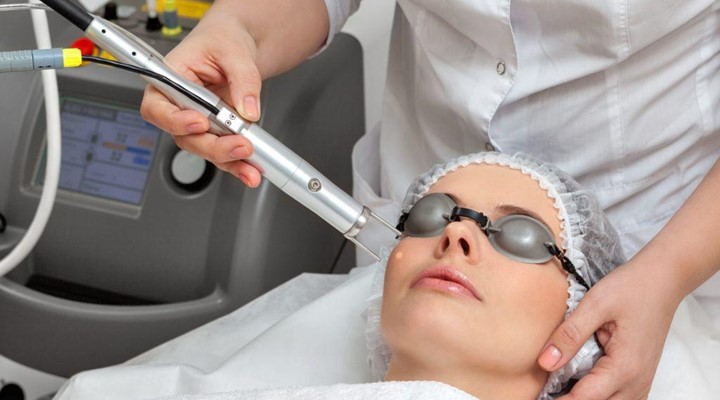
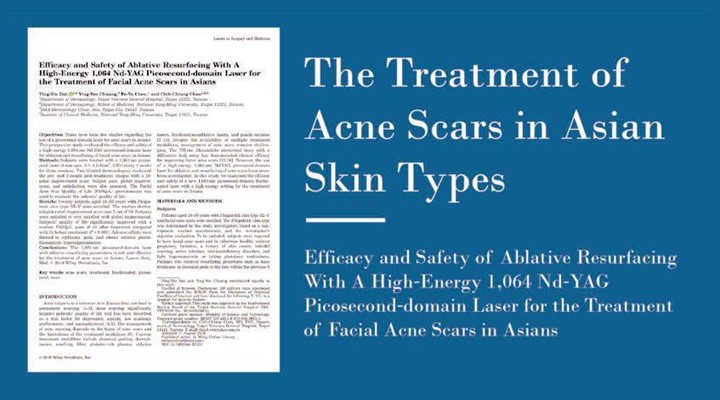

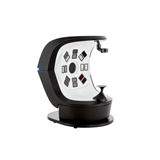
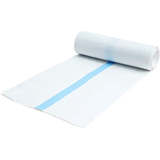
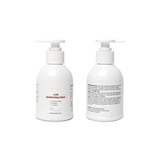
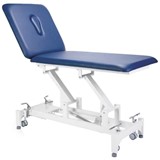

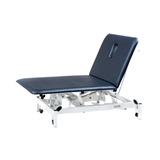
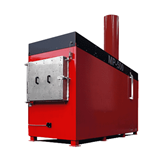



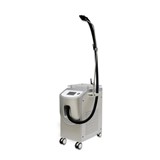

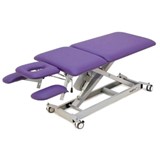
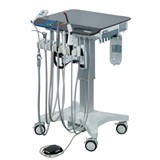
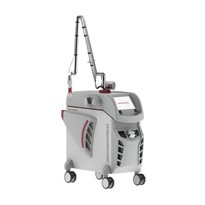
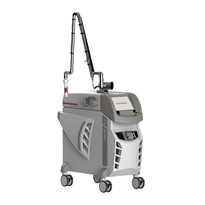
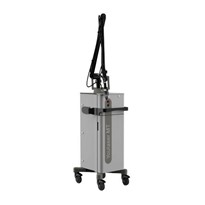
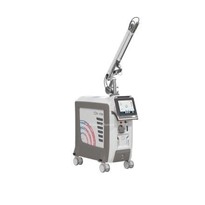
-205x205.jpg)

